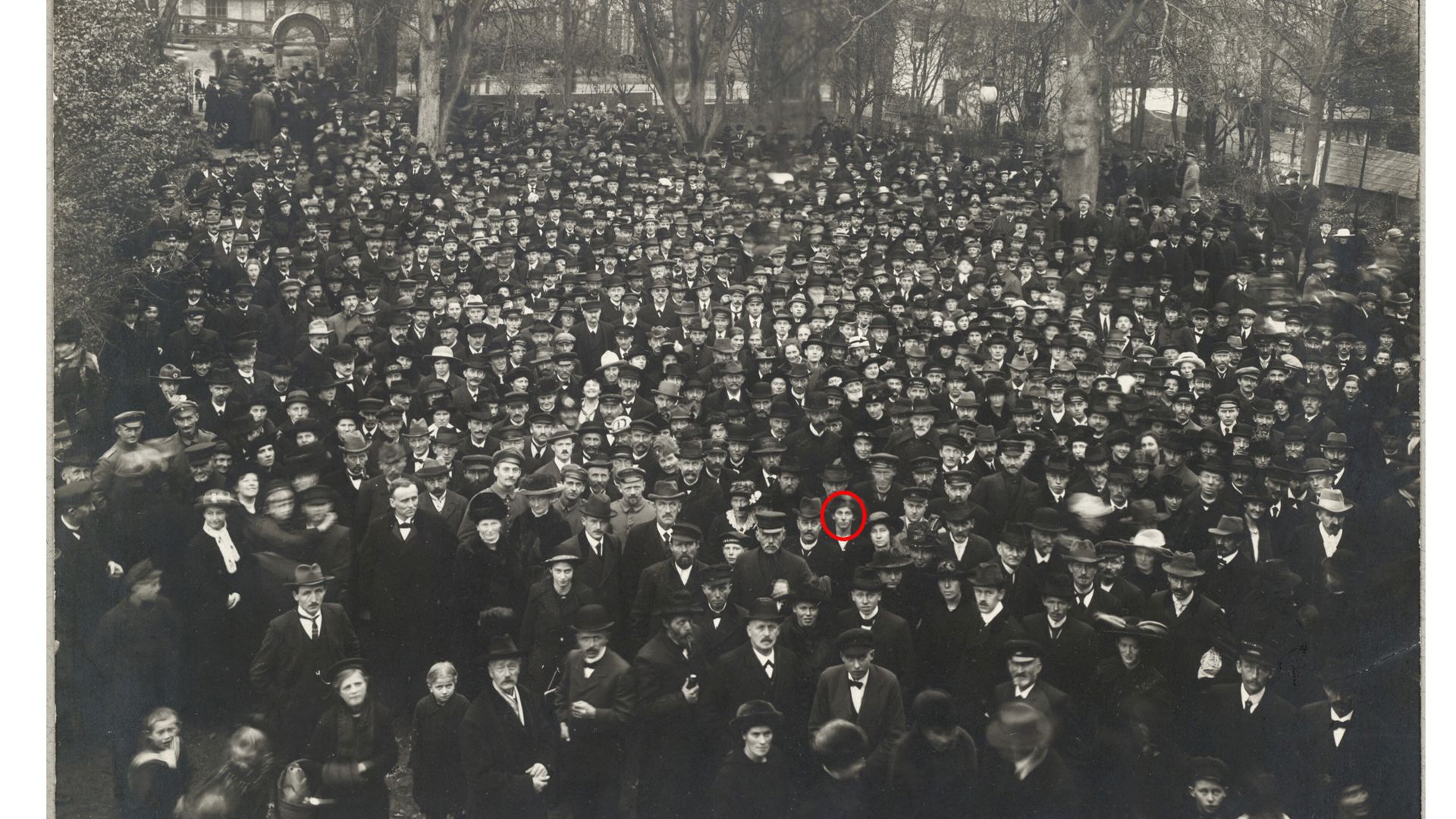Cathrine Heisel (1889-1968)

Cathrine’s husband was a farmer who was sent to the Western Front to serve in the German army. As in many other families in the southernmost regions of the Jutland peninsula, while the husband was away fighting in the war (however long it lasted), it was the wife’s job to run the farm and take care of the children and farmhands. Around 30,000 men and boys from the region of North Schleswig (or “South Jutland” to the pro-Danish community) fought on the German side in World War I. Whether you were young or middle-aged made no difference. If you were male and able-bodied, you would almost surely be sent to war. And that is why Cathrine was on her own in the crowd that gathered at Folkehjem on 17 November 1918. Her husband had not yet come home from the war.
You now have two options (note: audio files in Danish only):
- Footprint Story about “the grass widow”: a dramatized interpretation of Cathrine’s life during World War I, and her version of events during the meeting at Folkehjem.
- Interview with Kirsten Brodersen, Cathrine’s granddaughter, who relates the events of 17 November 1918 as seen through her grandmother’s eyes. The interview was conducted by the Museum of South Jutland, on behalf of Aabenraa Municipality.


